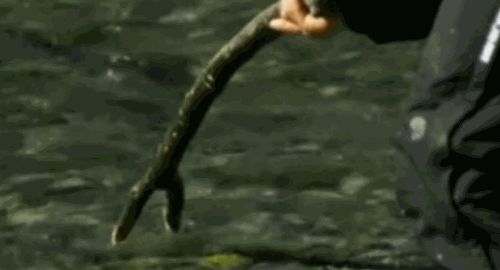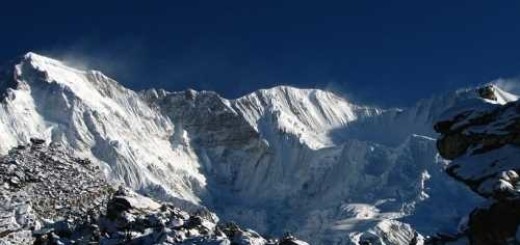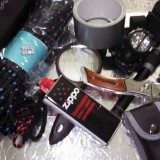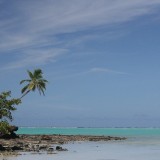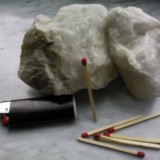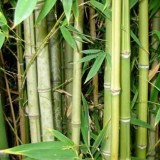HOW TO SURVIVE IN ALASKA
HOW TO SURVIVE IN ALASKA

Seventeen of the highest mountains of the United States are in Alaska, for this reason, every year many people depart to ski on the snowy mountains of Alaska.
Every year more than 1 million tourists visit Alaska and more than 500 disappear.
The temperatures on the mountains of Alaska can reach minus 60 degrees (140 °F).
Always keep on hand a watch to check the time, in Alaska in the summer there are about 24 hours of light. Do not venture into these places during the winter, in addition to the strong cold, the night lasts all day and it is virtually impossible to orientate without big lights or torches.
At these latitudes the day lasts about 6 months and the night likewise.
THE FOOD:
In Alaska you can find and consume:
- Berries: like the black cherry (Prunus Serotina) or the salmonberry (Rubus Spectabilis) recognizable by the orange color.
- Ginseng: it is also an excellent medicinal plants.
- The Eskimo potato: contains many starches and carbohydrates. It is said to be the most valuable source of food throughout Alaska. It is better cooked.
- Pink salmon (Humpback salmon).
- Chinook salmon (King salmon).
- Mussels and other molluscs: you can find them on the reefs. Remember that should always be cooked.
In Alaska’s rivers you can fish many salmons, to capture them you can build a double pointed harpoon. Look for a long and resistant stick and sharpen the two tips. Direct the fishes in the shallow water, immobilize them with the double-headed stick and then seize them with your hands. To direct the fishes beat a stick or throw stones in the water to scare them, in order to target the prey in the desired location.
To fish in deeper waters will serve the fishhook, wire and bait.
THE SHELTER:
In Alaska, there are more than 6 million acres of forest and the most common trees are firs and alders, which are excellent to build a shelter.
In Alaska there are grizzlies, unless you have a shotgun to defend yourself, and you get attacked, try to hit the bear’s eyes with a stick .
Before going to sleep, you leave a fire burning near the shelter to take away the bears.
Do not exploit the caves as shelter, the high presence of bears makes this choice very dangerous, although the cave is empty a bear could always return.
Depending on the latitude where you are, the dark hours are very few or there are no. Our bodies are used to sleeping during the night and the first days in Alaska you may feel disoriented.
In a survival situations you need to rest properly to regenerate your body and mind, in case you are unable to fall asleep, put a dark bandage on your eyes.
USEFUL INFORMATION:
The glacial rivers are very cold and can have very fast currents, be careful not to fall into them.
If you fall in icy water, you must immediately get out (the shock to a sudden immersion in a very cold water can also cause you a heart attack), once out you have to undress and wring out all your clothes. Make some activity to stimulate the circulation and warm up your body.
You need to immediately start a fire to dry clothes and recover warmth.
Remember that keep wet and cold clothes on your body will kill you much faster than staying naked.
Follow a downhill river could lead you to the coast. In Alaska the majority of cities are located near the sea. More the river widens, higher are the possibility that you’re approaching to the coast.
Once arrived on the coast make fire of signaling to draw attention of boats or airplanes.
In rivers and seas of Alaska, there are many fishing boats, often they rescue dispersed people.
For major survival techniques to survive in this biome: HOW TO SURVIVE IN MOUTAIN.
